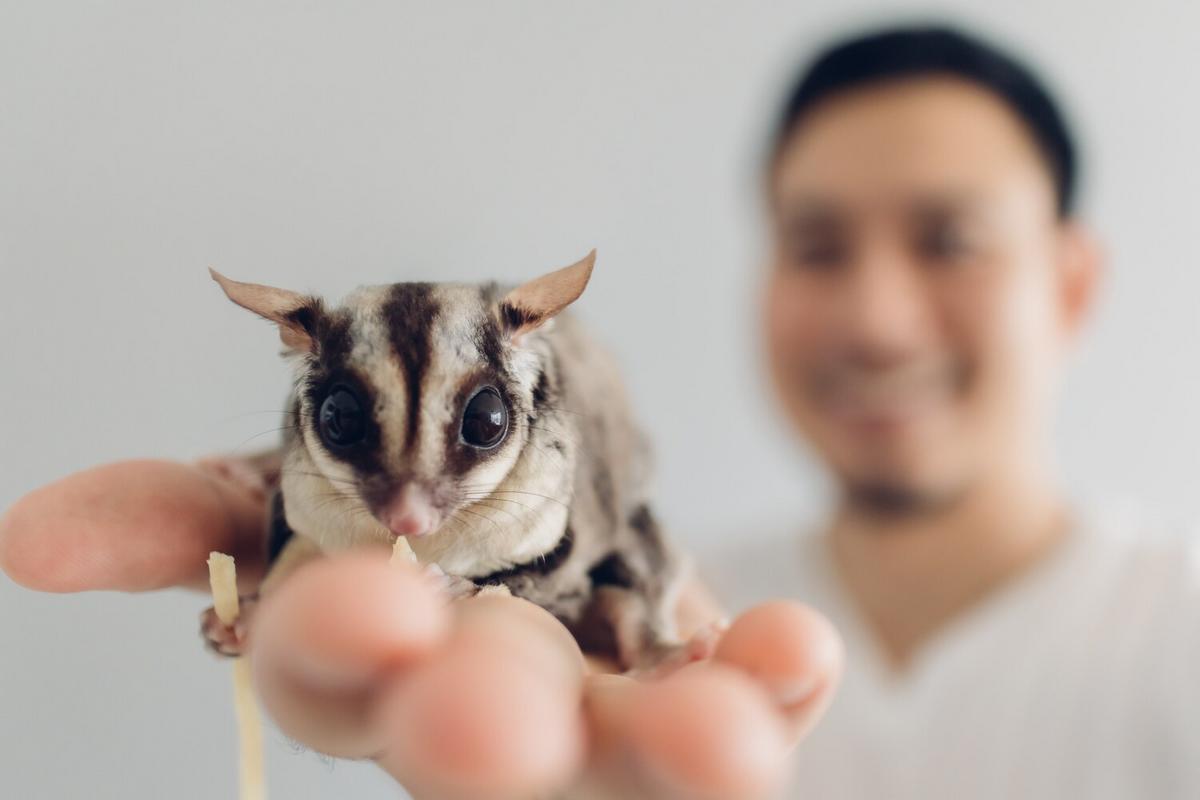
The Importance of Genetic Diversity in Conservation Efforts
Genetic diversity is a crucial component of wildlife conservation, acting as a backbone for species survival and adaptability in ever-changing environments. As our planet faces unprecedented challenges, understanding and preserving this diversity becomes more vital than ever.
Understanding Genetic Diversity
Genetic diversity refers to the variety of genes within a species. It is the foundation of a species’ ability to adapt to environmental changes, resist diseases, and maintain healthy populations. Without adequate genetic variation, species may struggle to survive, let alone thrive, in the face of threats such as climate change, habitat loss, and human interference.
Expert Insights
Dr. Jane Goodall, a renowned primatologist, highlights, “Genetic diversity is as important for species as a healthy immune system is for individuals.” This perspective underscores the significance of maintaining a wide genetic pool to enhance resilience and adaptability.
Research Findings
Studies have shown that species with high genetic diversity are more likely to survive environmental changes. For example, a research article from the ScienceDirect database indicates that genetically diverse populations of coral reefs have a better chance of surviving ocean temperature changes.
Real-World Examples
Consider the cheetah, a species with notably low genetic diversity. This lack of variation has made them vulnerable to diseases and environmental changes. On the other hand, African elephants possess a broader gene pool, aiding their adaptation to diverse habitats across the continent.
Actionable Tips for Conservationists
- Promote habitat connectivity to allow gene flow between populations.
- Support breeding programs that focus on increasing genetic diversity.
- Engage local communities in conservation efforts to ensure sustainable practices.
Comparison Table: High vs. Low Genetic Diversity
| Aspect | High Genetic Diversity | Low Genetic Diversity |
|---|---|---|
| Adaptability | High | Low |
| Disease Resistance | Strong | Weak |
| Survival Rate | Higher | Lower |
| Population Stability | Stable | Vulnerable |
| Reproductive Success | Increased | Decreased |
| Environmental Resilience | High | Low |
| Conservation Priority | Lower | Higher |
| Long-term Viability | Secure | At Risk |
Frequently Asked Questions
What is genetic diversity?
Genetic diversity refers to the variety of genetic characteristics within a species. It is essential for adaptability and survival.
Why is genetic diversity important in conservation?
It enhances a species’ ability to adapt to environmental changes, resist diseases, and maintain healthy populations.
How can we promote genetic diversity in wildlife conservation?
By supporting habitat connectivity, breeding programs, and local community engagement in conservation efforts.
Conclusion
In summary, genetic diversity is pivotal for the survival and prosperity of species in the wild. By focusing on preserving this diversity through informed conservation strategies, we can help ensure that wildlife not only survives but thrives in the face of environmental challenges. Take action today by supporting conservation programs and spreading awareness about the importance of genetic diversity.


